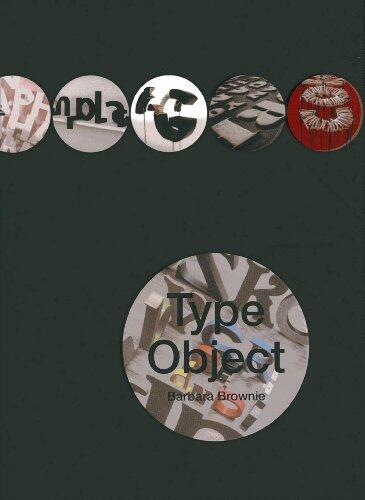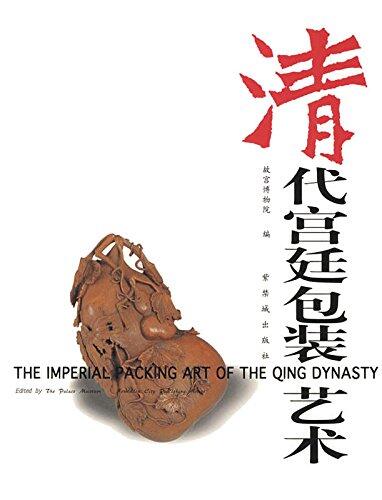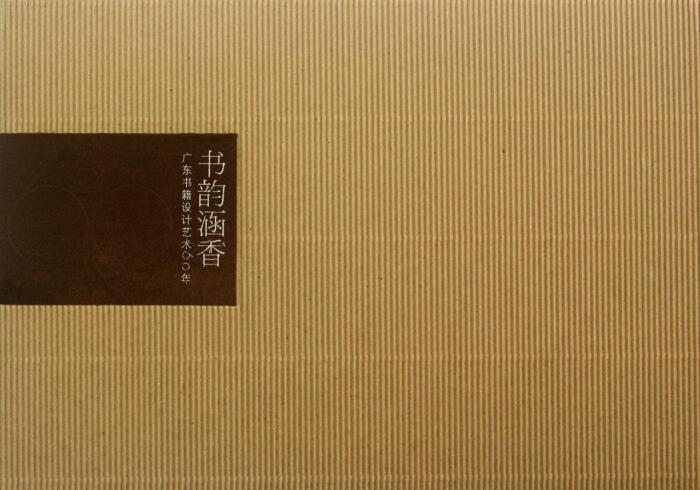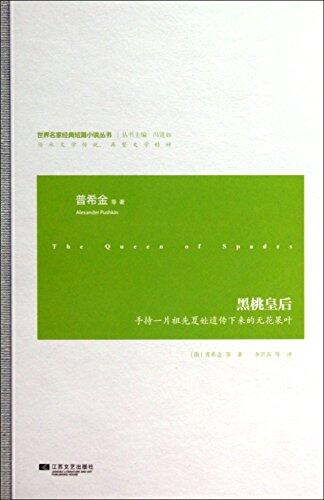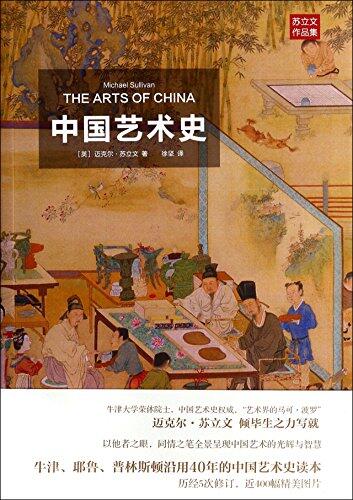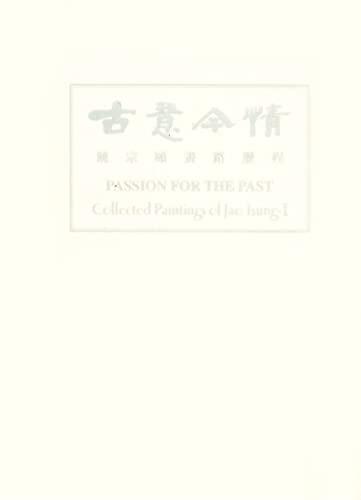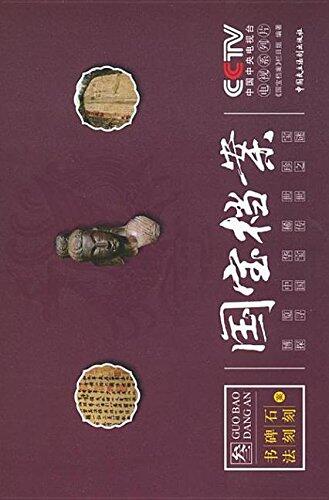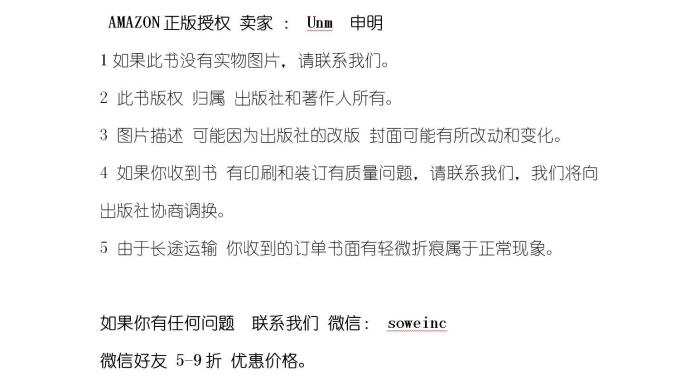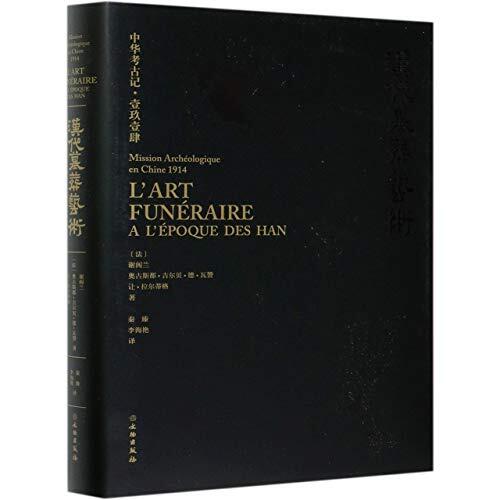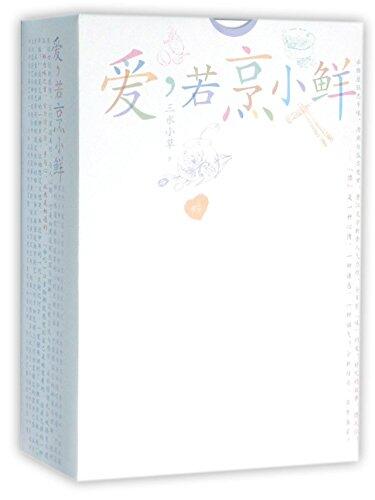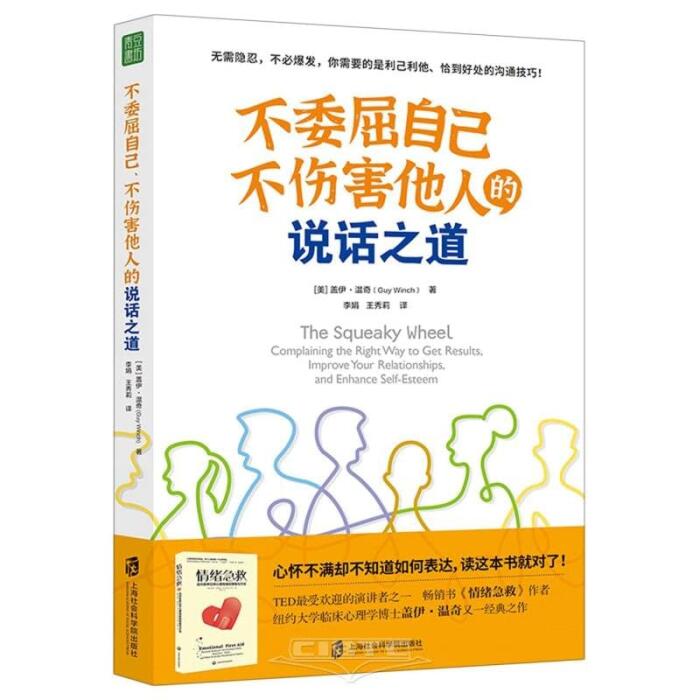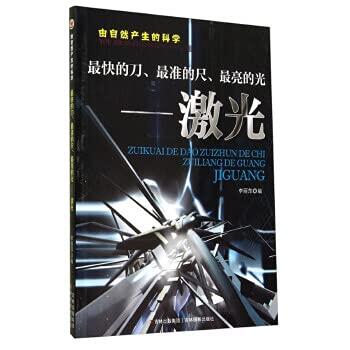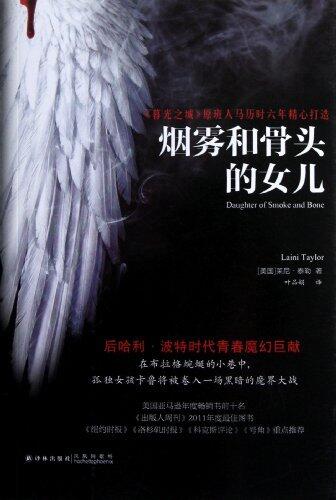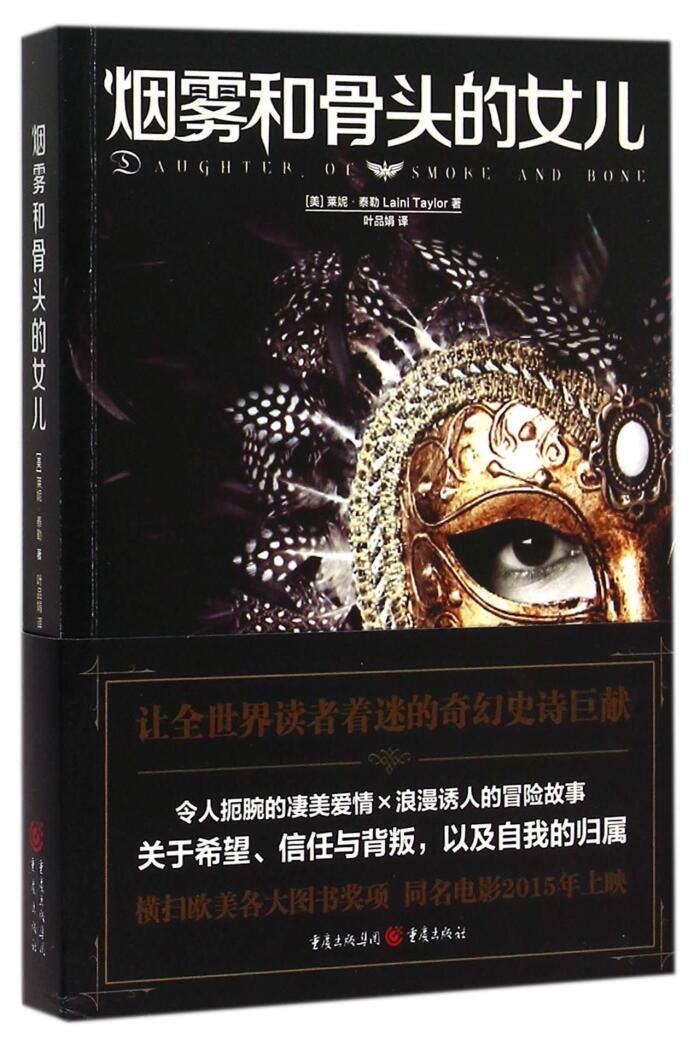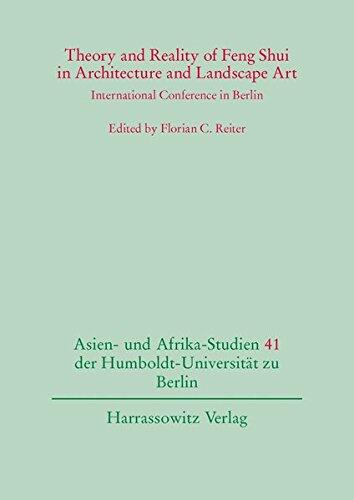
Theory and Reality of Feng Shui in Architecture and Landscape Art
Pas encore d'évaluations
Art & Photography
Format
Broché
Pages
185
Langue
Chinois
Publié
Nov 1, 2013
Éditeur
Harrassowitz
Édition
1., Aufl. ed.
ISBN-10
3447100052
ISBN-13
9783447100052
Description
This exploration into the interplay of Feng Shui with architecture and landscape art delves deep into a philosophy that intertwines the human experience with the natural world. Through a collection of scholarly contributions, it reveals how this ancient practice shapes not only individual spaces but also the broader landscape. Authors engage with the principles of Feng Shui, fostering a rich dialogue between tradition and modernity.
The text presents a fascinating juxtaposition between theoretical frameworks and practical applications. Readers are invited to consider how Feng Shui's principles can influence site selection, design, and aesthetics in various cultural contexts. Each chapter illuminates the historical and philosophical underpinnings, providing insights into how these concepts can be applied in contemporary architecture.
Illustrated with vivid examples, the work bridges East and West, showcasing how these principles resonate across different contexts. Scholars and practitioners alike will find value in this nuanced discussion, contributing to ongoing debates on sustainability, harmony, and aesthetic significance in our built environments.
Overall, this study is a testament to the enduring relevance of Feng Shui, urging a reevaluation of how design can foster a sense of balance and well-being. Its dual-language format makes it accessible to a broader audience, enhancing the dialogue around this timeless subject.
The text presents a fascinating juxtaposition between theoretical frameworks and practical applications. Readers are invited to consider how Feng Shui's principles can influence site selection, design, and aesthetics in various cultural contexts. Each chapter illuminates the historical and philosophical underpinnings, providing insights into how these concepts can be applied in contemporary architecture.
Illustrated with vivid examples, the work bridges East and West, showcasing how these principles resonate across different contexts. Scholars and practitioners alike will find value in this nuanced discussion, contributing to ongoing debates on sustainability, harmony, and aesthetic significance in our built environments.
Overall, this study is a testament to the enduring relevance of Feng Shui, urging a reevaluation of how design can foster a sense of balance and well-being. Its dual-language format makes it accessible to a broader audience, enhancing the dialogue around this timeless subject.
Avis
Aucun avis pour le moment
Soyez le premier à donner votre avis sur ce livre et partagez vos pensées
Ajouter le premier avisJournal de lecture
Aucun journal de lecture trouvé
Commencez à suivre vos progrès de lecture pour voir les journaux ici
Ajoutez votre premier journal de lectureNotes
Journal des transactions
Aucun journal de transactions trouvé
Commencez à suivre vos transactions de livres pour voir les journaux ici
Ajoutez votre premier journal de transactions